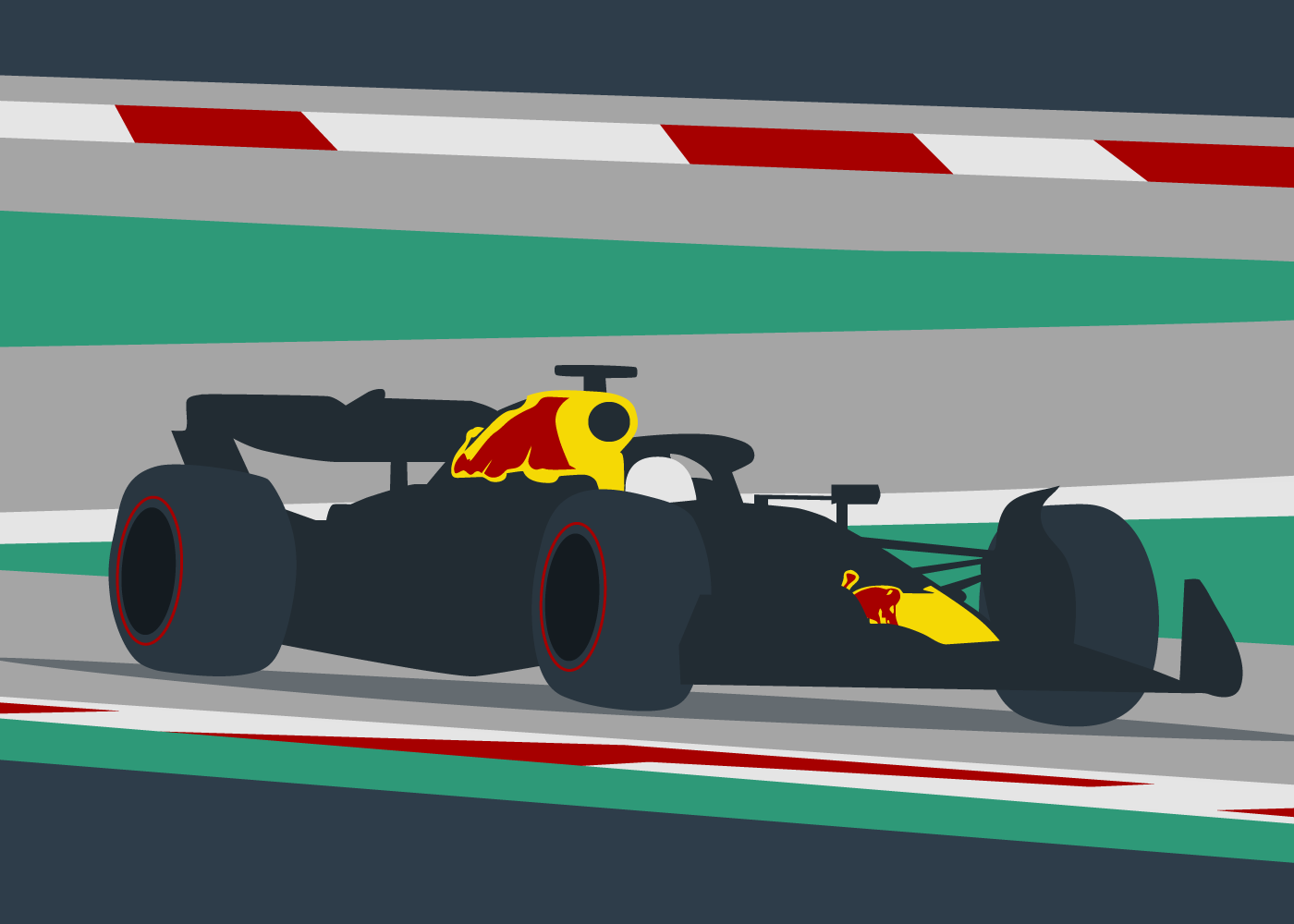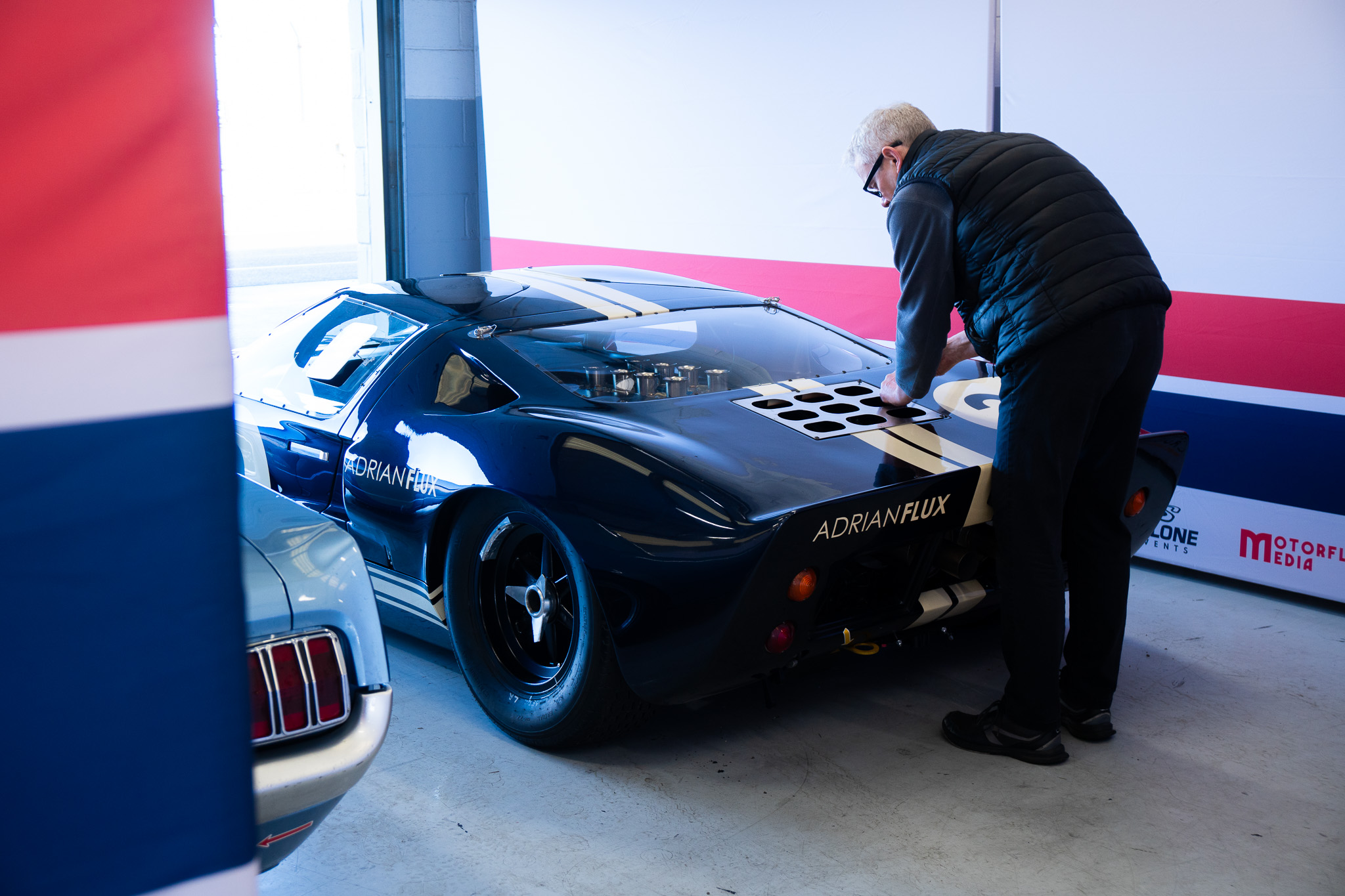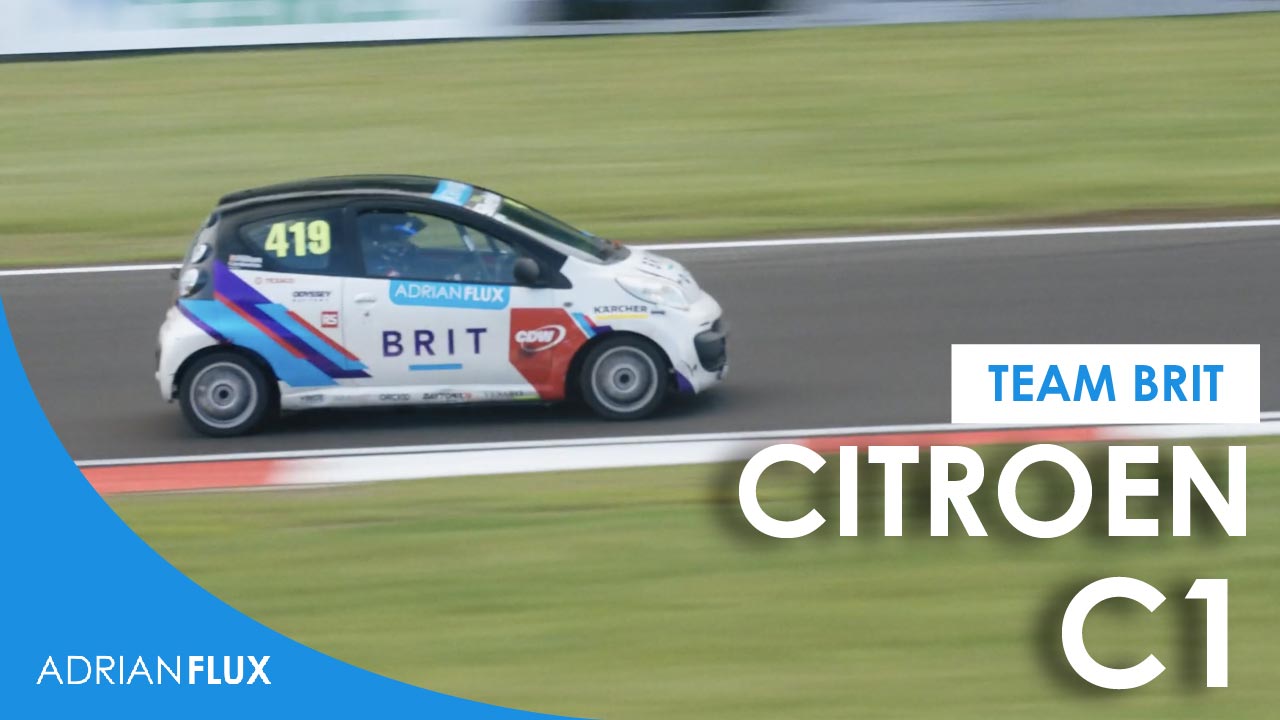Professional racing driver and commentator Alex Brundle gives us his take on the events of the first Formula One Grand Prix of the 2023 season.
After the fun of calling the junior categories this weekend, I settled as neutral to watch the first Grand Prix of a new season with limited preparation.
Feeder series racing contains 52 drivers, each deserving of introductions and tracking, so it monopolises attention on those weekends when both the F2 and F3 series are in full flow.
In retrospect, so much of the opinion around the race led down a fictitious side road, that I’m glad I didn’t soak up too much of it.
It’s a semi-understood, paraphrased and “instant expert” era of Formula 1. The famous racing idiom “When the flag drops, the nonsense stops” has never been so apt, and the truth was outed unapologetically by Red Bull and Max Verstappen.
The field provided minimal obstruction to the flying Dutchman, winning by over 30 seconds from Bahrain’s first non-taurine-powered entry.
In my experience, as far as it extends to such things, the illusive “aerodynamic optimisation tools” dangle over all aero-critical motorsport like a magic brush that paints racing success. So I am still determining if I will ever quite understand how a team operating on 63% as much “wind tunnel iness” can walk the first Grand Prix of the year by such a margin. If I did, I might work for the team that managed.
Ferrari issues hamper their Bahrain challenge
A bold challenge from Charles Leclerc would likely have faded, given the tyre degradation issues befalling teammate Carlos Sainz in the race’s closing stages even before an ominous engine issue for Leclerc’s Ferrari.
The rear-ride control of the Ferrari must be improved, evidenced by the bouncing and sliding in practice and the race alongside Sainz’s eventual overload of the rear tyre.
Leclerc’s engine gremlin is also especially concerning given the Ferrari engine was permitted an entire redesign and should therefore have the most chance of being full of angry, reliable, prancing, Red Bull-hungry horses.
Mercedes were unable to challenge at the front of the grid
Lewis Hamilton and George Russell were also unable to challenge in a Mercedes. The team firmly acknowledged the Mercedes is orientated in the wrong direction for performance, with the zero pod concept yielding drag and not much else to the team from Brackley. Mechanically, it was Russell’s turn for the ‘my tyres are gone’ radio call as they descended behind customer Mercedes-engined Astons, 51 and 56 seconds behind the eventual race winner respectively.
How about the Astons for rescuing the race from a fan perspective? Particularly Fernando Alonso, who was a straightforward ace of the race for me. Stepping into a beautifully balanced race car from his “pole potential” hype train, somewhat paradoxically “fueled by the lack of fuel,” they ran in practice, around 15kgs light throughout by F1 Tech Analyst Sam Collins’s calculations.
The Aston looked incredibly forgiving to drive, and somebody had clearly snuck into the Merc garage and stolen all of the “tyre magic”; they could look to plunder some brake magic in Saudi Arabia, perhaps, and see if it helps Lance Stroll on lap one.
An Alonso driving style, built of daring moves, down the inside of Hamilton in T10. And using ample traction from seemingly bulletproof rear tyres to cut back underneath the Ferrari of Sainz for T11’s entry. Reminded me of his days manhandling a heavy traction Renault to World Championship glory.
Watching them attack the racetrack without too much management tippy toe was a joy, but hats must also be tipped to Aston Martin, who forced an early stop from many teams mid-race with bold team strategy and brought Alonso to life by providing him with a car that plays to his barnstorming strengths.
At 38.6 seconds back when the chequer dropped, though, even the flying Spaniard was not even close to challenging the race victory.
Could Red Bull have adequately been penalised for their cost cap indiscretions and still obliterate the field in the exact car such sanctions are supposed to hobble?
Are we moving into an age where air flow around a race car is understood so thoroughly that a mind like Adrian Newey doesn’t need to validate his aerodynamic theories with such technologies?
The answer to both questions is, yes. You can penalise indiscretion. And the FIA did so justly, but it takes a lot of work to entirely stifle greatness, and greatness is ongoing. They have worked around those penalties to deliver such a car to the grid. Now watch the others give chase.
Can I get insured for a track day?
At Adrian Flux we’re keen supporters of motorsport, so of course we can help you get track day insurance so you can get your inner Max Verstappen on at a circuit near you.
If you’re lucky enough to get the chance to race at a circuit any time soon, we have track day cover to suit while you’re behind the wheel.
We offer a huge range of insurance options for motorists for a surprisingly low price and can offer drivers the peace-of-mind to keep them safe on the road. Call 0800 369 8590 or book a callback for the best Adrian Flux motor insurance deals.




